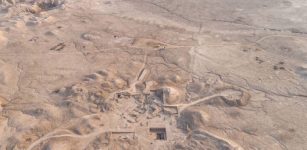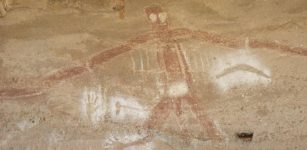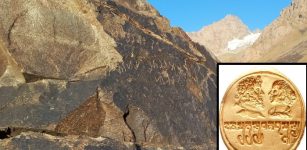Hidden Geometric Patterns Found At Göbeklitepe – The Site Of World’s First Temple
Conny Waters - AncientPages.com - Archaeologists have discovered hidden geometric patterns in the layout of Göbeklitepe, an archaeological site in Turkey’s southeastern Şanlıurfa province that is home to the world's oldest temple.
The site of Göbeklitepe (in Turkish: 'the Hill with a belly'), and is located about 15 kilometers (about 9 miles) northeast of Sanliurfa province, and it is thought to have been used for ritual or religious purposes, rather than domestic.
The site is widely considered the world’s first temple.
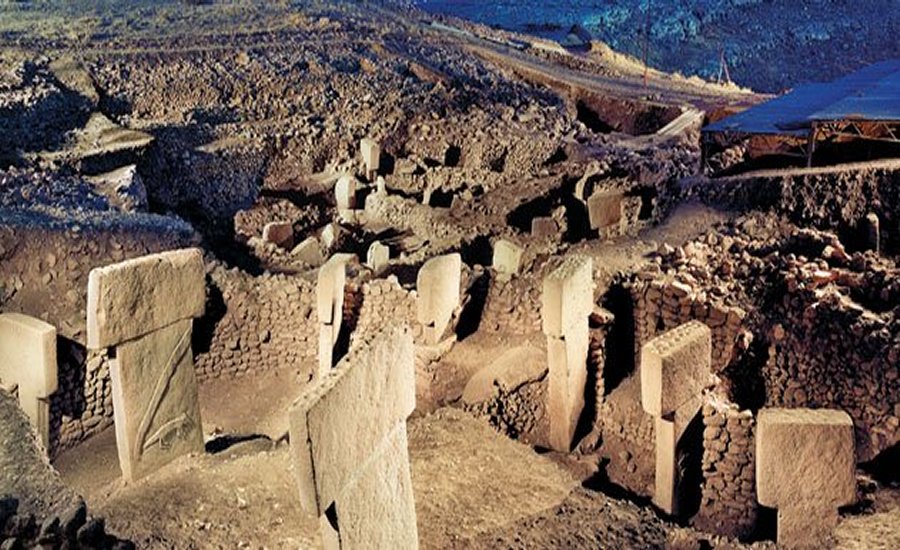 Göbeklitepe - Remains at the site indicate that Göbekli Tepe was constructed by hunter-gatherers (the presence of such quantities of wild animal bones indicates that they had not yet domesticated animals or begun farming.
Göbeklitepe - Remains at the site indicate that Göbekli Tepe was constructed by hunter-gatherers (the presence of such quantities of wild animal bones indicates that they had not yet domesticated animals or begun farming.
Archaeologists Gil Haklay and Avi Gopher of Tel Aviv University have published a new report on Göbeklitepe, and their findings suggest that the Neolithic hunter-gatherers who built huge monoliths 11,500 years ago had a greater knowledge of geometry, a much more complex social structure than previously thought.
They also used complex planning techniques that were previously considered impossible at the time, according to Daily Sabah.
The three oldest stone enclosures at the site of Göbeklitepe revealed that these structures contain a hidden geometric pattern, including an equilateral triangle that underlies the entire architectural plan, the study reveals.
See also:
Mysterious Skull Cult At Göbekli Tepe – Ancestor Worship Or Trophies Of Dead Enemies?
Ancient Astronomical Symbols At Göbekli Tepe Confirm A Comet Swarm Struck The Earth 11,000 B.C.
The archaeologists think the structure consisting of the three enclosures was designed as a single unit and most likely built at one time, contrary to previous assumptions.
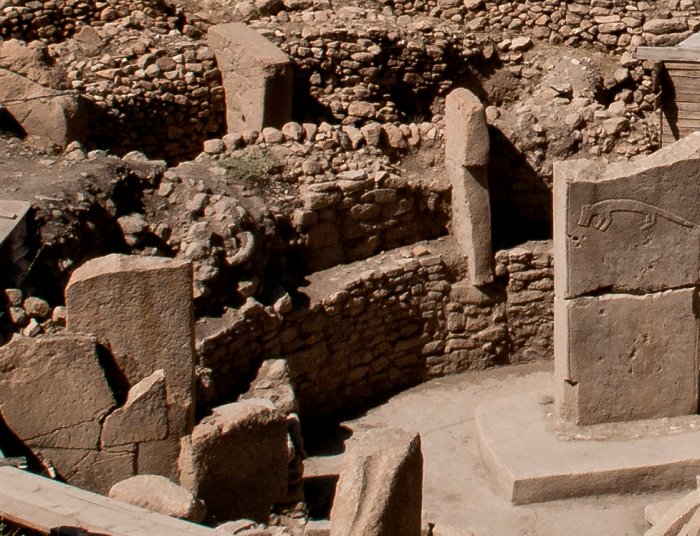 The excavation area with the facilities A – D, location 2011. source
The excavation area with the facilities A – D, location 2011. source
This scenario would mean that the builders of Göbeklitepe understood geometric principles thousands of years before the invention of the wheel and applied these principles to their construction plans.
Göbeklitepe is considered the birthplace of early civilizations and attracts millions of local and foreign tourists each year.
Discovered in 1963 by researchers from the universities of Istanbul and Chicago, the site has been continuously excavated by the archaeologists from the German Archaeological Institute and Şanlıurfa Museum since 1995.
The most significant discovery of the excavations is T-shaped obelisks from the Neolithic era towering 3 to 6 meters (10 to 20 feet) high and weighing 40 to 60 tons.
Written by Conny Waters - AncientPages.com Staff Writer









